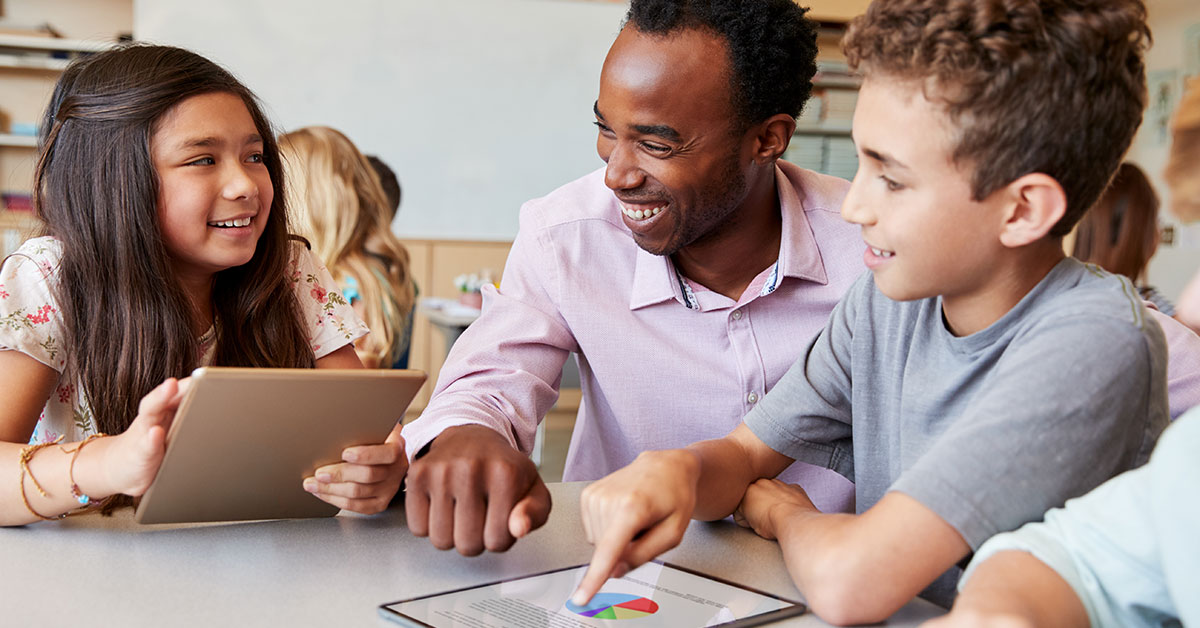The world was a much different place when I was a kid. There were no smartphones or social media. Computers, for the most part, were big, clunky things which often caused more problems than they solved. My school days were largely dedicated to practicing my cursive writing, which my teacher insisted would be crucial to my adult life (pause here to appreciate irony). Of course, I barely paid attention because a hip new game called Pokémon had just been released and I was eager to resume playing.
Where does the time go?
It’s safe to say today’s students live in a much different world than we did. I’m not simply talking about the ongoing pandemic or civil unrest. Our kids are living through a time of tectonic shifts in almost every facet of human life. Many of them are deeply stressed with no healthy outlet for emotional processing. As teachers, we naturally want to support them through these difficult years, but sometimes it’s all we can do just to keep up!
Slow Down
Making a real connection with students can be difficult. While there are some teachers who have mastered the art of youth culture, these social links will only get us so far. Just because a teacher joins TikToc doesn’t mean their students will suddenly open up and start sharing. Instead of racing to keep pace with the latest trends, maybe we should all slow down. Stop trying to break into your students’ world and invite them into your past.
Sometimes the best strategy for engaging students across the generational divide is by showing them you were a kid once too!
With Age Comes Wisdom
Here are just a few ways you can connect with students while also exercising their curiosity, creativity, and critical thinking!
- A Cursive Letter: Bring in a cursive letter and see if your students can read it! Quiz them on the individual characters, then challenge them to write a cursive letter of their own. You can also use this activity to show your students how to post handwritten notes. Assign them a pen pal and give them a taste of what communication was like pre-email.
- Take it Apart: Do you have an old toy or electronic device you’re not using? Bring it to your students and have them take it apart to learn how it works. One fun activity is to present them with the precursor of a modern tool (like a rotator phone or cassette player) and see if they can operate it successfully. These devices are also great for discussing topics like electrical circuits and energy consumption!
- I Was There: Do you remember where you were when X happened? Look over the biggest historical events of the last several decades and share your personal experiences with your students. Have you ever sat in on a Supreme Court case? Did you ever take part in a public demonstration? By sharing your own personal experiences with students, you create a link between the present and the past.
- What’s Old is New: Pokémon first came out in 1996, but the series is still played by kids today! Show them your old cards and cartridges to build rapport. You can also share the books you read, or the TV shows you watched as a child. Many of them are currently seeing a resurgence in modern culture. Use these as an opportunity to discuss how they made you feel, how they inspired you, or why they mattered to your social-emotional learning.
Youth is For the Young
There will always be a generational divide between teachers and their students. We’re experiencing the world in different ways and at different speeds. Still, we can build empathy by showing our students that we remember what it’s like to be young. We’ve run the gauntlet of youth and made it out the other side. If we can make it, so can they.
After all, the future isn’t so far away.

